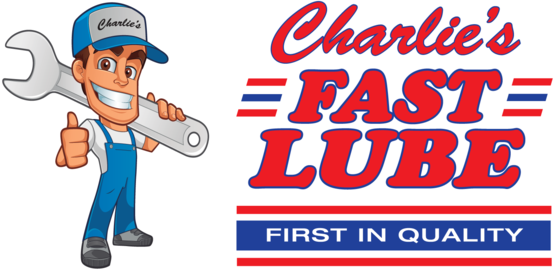When Are Your Tires Worn Out?
February 4, 2024
Hey Dexter area drivers, are your tires worn out? What is the standard for our Missouri streets? How can you tell on your vehicle?
While there may be legal requirements for the Dexter area, there are safety concerns that go beyond meeting minimum replacement mandates.
Two-thirty-seconds of an inch is the depth of the tire tread wear indicator bars that US law has required to be molded across all tires since August 1, 1968. When tires are worn so that this bar is visible, there's just 2/32 of an inch – 1.6 millimeters – of tread left. It's that level of wear that's been called into question recently.
We're referring to the tread depth on a tire, it can't move surface water out of the way and you start to hydroplane.
In a safety study, a section of a test track was flooded with a thin layer of water. If you laid a dime on the track, the water would be deep enough to surround the coin, but not enough to cover it.
A car and a full-sized pick-up accelerated to 70 miles per hour, or 112 kilometers an hour, and then made a hard stop in the wet test area. Stopping distance and time were measured for three different tire depths:
- New tire tread depth
- 4/32 of an inch, or 3.2 mm
- 2/32 of an inch, or 1.6 mm
So what happened with the 2/32 inch/1.6 mm tires on the car? Get this – when the car had traveled the distance required to stop with new tires, it was still going 55 mph/89 kph. Stopping distance was nearly doubled to 379 feet/116 meters, and it took 5.9 seconds.
Wow! That means if you barely have room to stop with new tires, you would hit the car in front of you at 55 mph/89 kph with the worn tires.
Now, with the partially worn tires – at 4/32 of an inch, or 3.2 mm – the car was still going at 45 mph/72 kph at the point where new tires brought the car to a halt. It took nearly 100 feet, or about 30 meters, more room to stop and 1.2 seconds longer. That's a big improvement. We can see why Consumer Reports and others are calling for a new standard.
Of course, stopping distances were greater for the heavier pick-up truck.
How do you know when your tires are at 4/32 inch or 3.2 mm? Easy; just insert an American quarter into the tread. Put it in upside down. If the tread doesn't cover George Washington's hairline, it's time to replace your tires. With a Canadian quarter, the tread should cover the numbers in the year stamp.
You may remember doing that with pennies. A penny gives you 2/32 inch, or 1.6 mm, to Abraham Lincoln's head. The quarter is the new recommendation – 4/32 inch, or 3.2 mm.
How do people feel about replacing their tires earlier? Well, tires are a big ticket item and most people want to get the most wear out of them that they can. But do you want that much more risk just to run your tires until they are legally worn out?
For us, and we would guess for many, the answer is "no".
Charlie's Fast Lube Dexter
414 N 1 Mile Rd.
Dexter, Missouri 63841
573-614-7886
https://charliesfastlubedexter.com
Need Service?
More articles from Charlie's Fast Lube Dexter

Gas Smell! (What Causes Gasoline Odors)
April 6, 2025
If you've ever walked into your garage and noticed it smelled like gasoline, pay attention. Gasoline can be dangerous, both from the health problems fumes can cause and the fire danger gasoline presents. There are many things that can cause a vehicle to give off a gasoline odor. One of the easi... More

Catalytic Converter Replacement
March 30, 2025
Many of us have become aware of how important it is to keep our planets air clean, and your vehicle has a key component that helps do just that: the catalytic converter. Its in the exhaust system, and its job is to superheat unburned, harmful byproducts in the exhaust, so they dont get spewed ou... More

Going (Lug) Nuts (Lug Nut Replacement)
March 23, 2025
Here's a part of your vehicle you probably don't think about much: lug nuts. They're what fasten your wheels onto your axles. Pretty important, right? In order to take the wheels off your vehicle to service the brakes, rotate the tires, etc., the lug nuts have to be in good shape so a wrench wi... More












